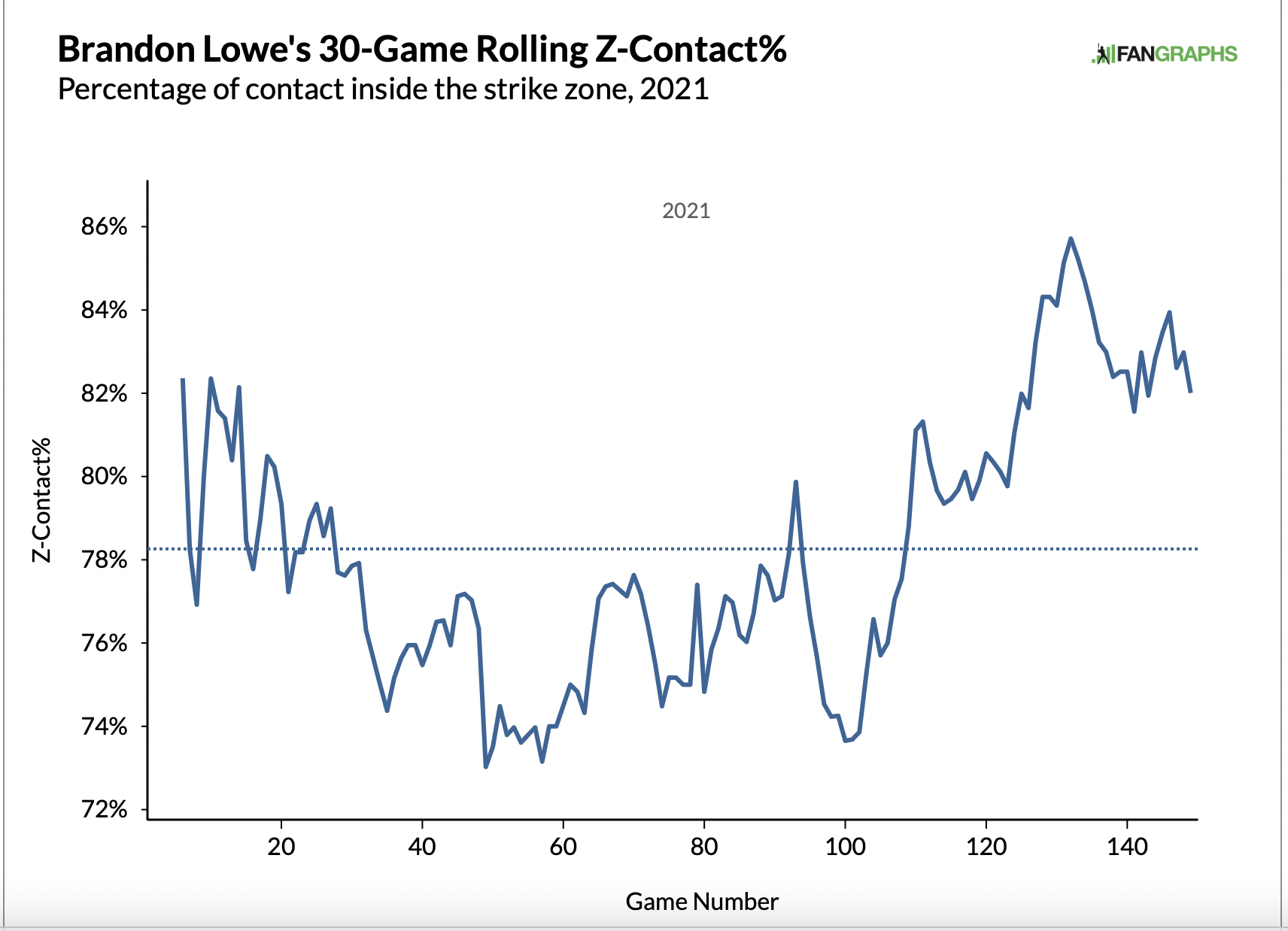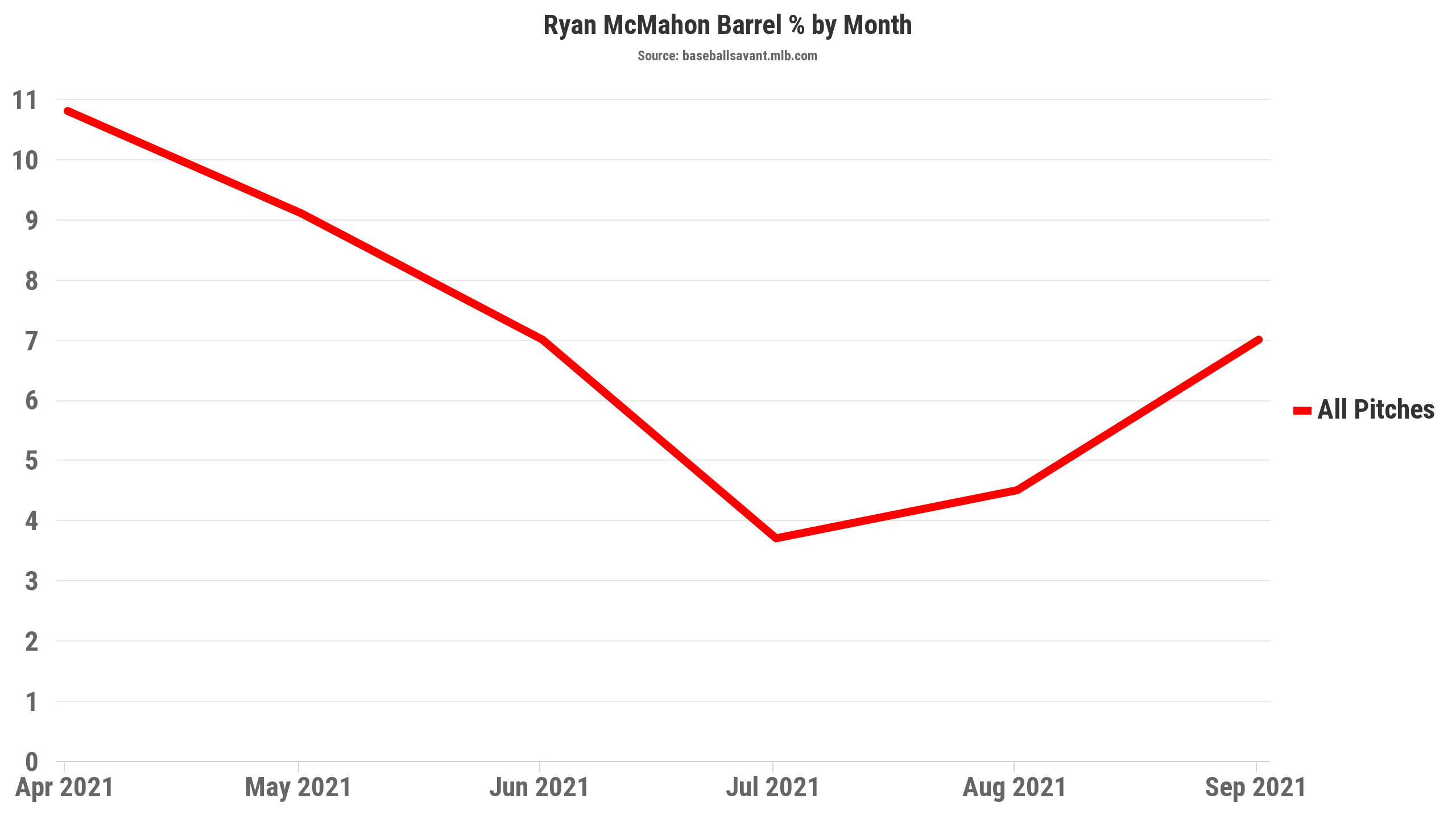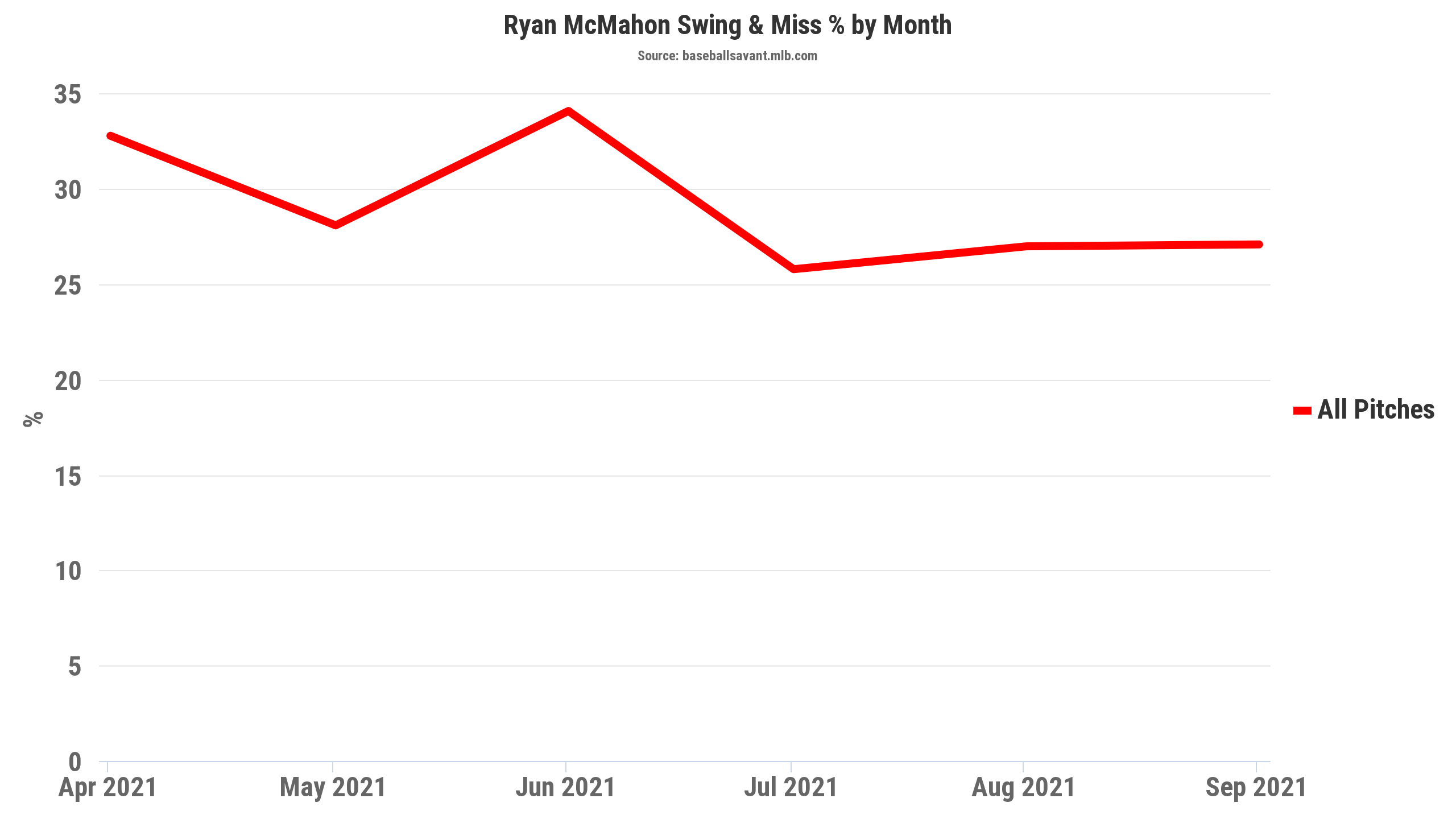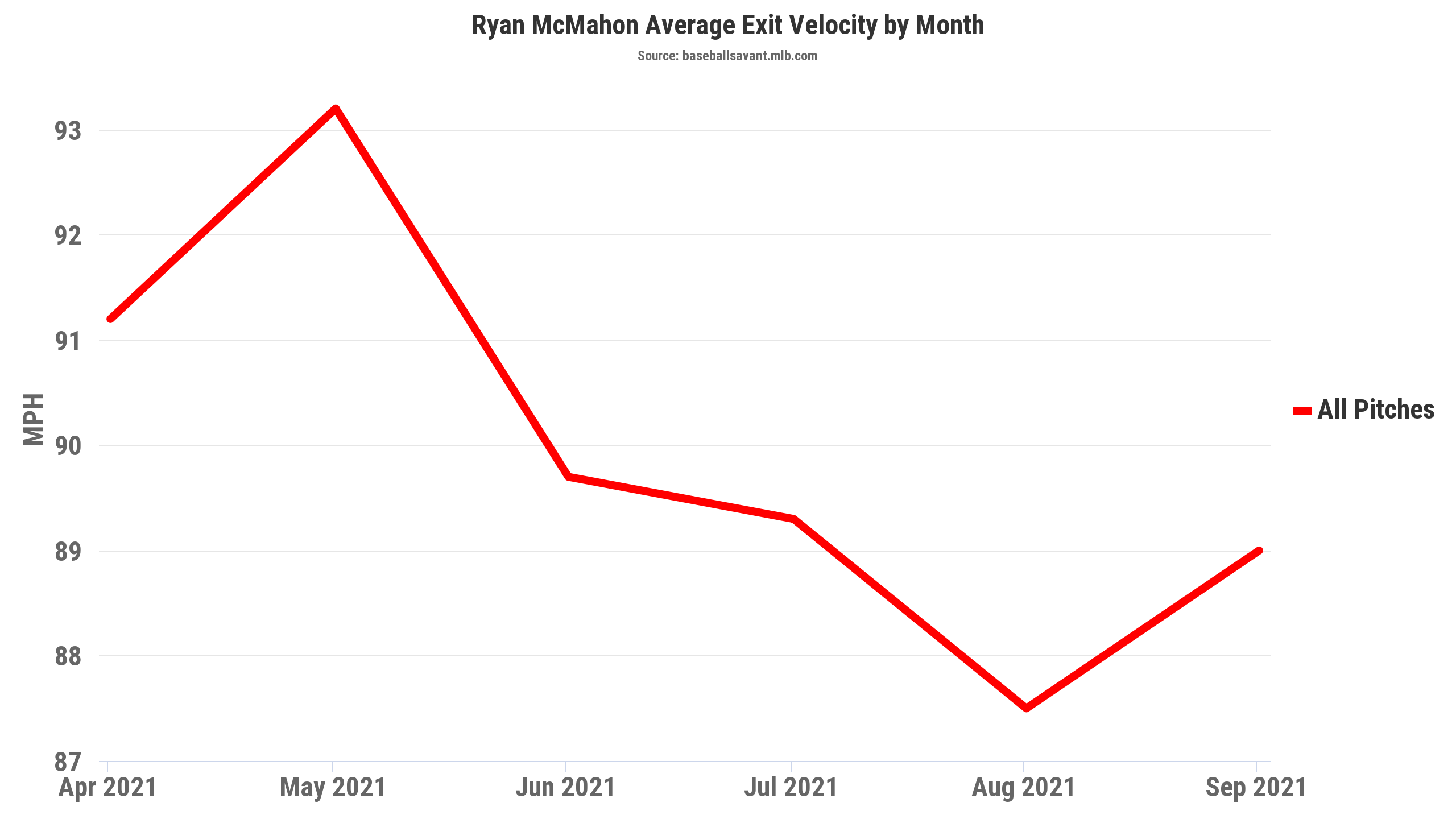Ladies and gentlemen, baseball is back!
With the MLB and MLB Players Association agreeing to a new collective bargaining agreement, the lockout is officially past us, and we are going to have a 162-game season! Suddenly, we have gone from a period of tremendous sadness to a time of extreme excitement. Now, we get to see a free-agent frenzy, while also getting ready for the season; chaos is upon us!
With that in mind, there has never been a better time to completely dive into fantasy baseball prep. Now that the season is set to start on April 7th, fantasy baseball drafts are in full swing, and we’ll have to make last-minute adjustments to the prep that was done during the lockout. With players changing teams and new reports coming in, expect there to be a lot of change in average draft position (ADP) heading up to the season- those who can make adjustments on the fly will be at an advantage.
To assist in the preparation, we’ll be going position-by-position, looking for the good, the bad, and the breakout. In other words, one optimal target, a player you should avoid, and a player going past pick #300 in NFBC drafts that can be a true sleeper this year. Today, we’ll be focusing on the second base position. This position has become much deeper in talent, and there are a lot of diverse skillsets to choose from. Who should you be targeting, and who should you avoid? Let us dive right into it!
Stats via Baseball Savant and Fangraphs
ADP via NFBC Drafts Since February 1st
The “Good”: Brandon Lowe, TB
2021 Stats (615 PA): .247/.340/.523, 39 HR, 97 R, 99 RBI, 7 SB
ADP: 72.8 (2B5)
Honorable Mention(s): Marcus Semien (TEX)
A player’s statistics can be for a full season, but, for some players, it almost feels like they play two seasons within one. That’s certainly the case for Brandon Lowe.
After a productive rookie season followed by a 152 weighted-runs-created plus (wRC+) in 2020, expectations were high for Lowe coming into 2021. Unfortunately, things did not get off to a great start. Through May, he had a .189 batting average, was striking out 30.4% of the time, and had an 89 wRC+. All of a sudden, if you drafted Lowe to be your starting second baseman, you likely were very worried; how much longer could you wait for him to get back on track.
The answer? Not long. From that point on, Lowe’s numbers were quite fantastic:
- .276/.357/.600, .324 isolated power (ISO), 161 wRC+
As you can see, Lowe really tapped into his power during this span, but that wasn’t all that changed. Rather, it was his strike out dropping to 25.4% that is telling. What sparked this improvement? Making more contact in the zone certainly helps:

Furthermore, over the course of the season, Lowe also increased his aggressiveness in the zone. When you’re someone who generally has swing-and-miss issues, increasing your aggression in the zone and avoiding two-strike counts is always a good idea. It also can help explain some of the power gains; you’re likely to be in position for power when you’re being more aggressive.
I’m not saying that Lowe is going to repeat his performance over the final four months of the season. That being said, you can bet on it looking a lot closer to that than the first two months of the season. The improvements Lowe made in terms of avoiding strikeouts appears to be legitimate, which could prevent him from having a batting average to be worried about. If that is the case, then you’re getting 35+ home run power, in addition to plenty of runs and RBI.
Sure, Lowe isn’t an elite source of batting average or speed. However, he is elite when it comes to power, giving him a deciding edge at the second base position. Despite proving over a full season that he’s one of the best offensive second basemen in the MLB, his ADP is only four spots higher than it was in the NFBC Main Event last year (according to rotoholic.com). Rather than draft Javier Baez one round earlier, for instance, why not take a player who will post a similar batting average, and will be significantly better in terms of home runs, runs and RBI? At the beginning of the seventh round in 12-team drafts, he’s screaming value!
The “Bad”: Ryan McMahon, COL
2021 Stats (596 PA): .254/.331/.419, 23 HR, 80 R, 86 RBI, 6 SB
ADP: 155.32 (2B19)
Honorable Mention(s): Jazz Chisholm Jr. (MIA), Ty France (SEA)
In a lot of ways, Ryan McMahon is the opposite of Brandon Lowe. After struggling during the 2020 season with a 34.9% strikeout rate and a 77 wRC+, there weren’t high expectations for him heading into last year. Right off the bat, though, he made headway with a tremendous start to the season.
Over the first month of the season, McMahon posted a .283 ISO, along with a .273 batting average. At the same time, there was already reason to be skeptical. Hitting eight home runs on eight barrels isn’t a sustainable pace of conversion, for starters; while his 10.8% barrel rate was encouraging, it didn’t portend such elite power production.
A power decline was always seen as likely to come, but not at the level it did. From June on, his ISO regressed down to .160, while his barrel rate went down to 5.5%. Truly, it was a remarkable downfall.

With a 9% barrel rate in 2019 followed up by a 11.2% barrel rate in 2020, power was supposed to be McMahon’s main calling card. A high ground-ball rate had been what plagued him in the past, but by lowering it to 39.4%, you would have expected the power to go up. Unfortunately, that didn’t come to fruition.
Often times, players need to make a decision between contact quantity and contact quality. When McMahon lowered his strikeout rate to 24%, it seemed like he was going able to do both and fully breakout. Instead, as the season went on, it’s clear he made a negative trade-off:


McMahon did make more contact, but it came with significantly worse quality of contact. I’d actually prefer if he reverted back to improving his contact quality, even if it meant more strikeouts. The problem, though, is that, either way, there is going to be some sort of problem. The power projection is volatile, but if it bounces back up, it’s likely the strikeouts will go up, leading to a poor batting average. For his batting average to be at a respectable clip, it’s likely that the power isn’t where you’d want it to me. This trend has me very concerned, and it’s enough for me to not see McMahon as a top-20 second baseman this season. Playing in Colorado is nice, but not if the skills are severely in question.
The “Breakout”: Andy Ibáñez, TEX
2021 Stats (596 PA): .277/.321/.435, 7 HR, 31 R, 25 RBI, 0 SB
ADP: 650.15 (2B56)
Honorable Mention(s): Josh Harrison (CHW)
For whatever reason, the second base position isn’t one with a lot of sleepers with “breakout” potential. Mainly, past pick #300, the position is filled with limited players or role players, which isn’t ideal. If we alter this list to past pick #250, Abraham Toro would be the pick here. Alas, a deal is a deal, so we’ll have to dig deep to find a true sleeper at this point.
This leads me to Andy Ibáñez. At the moment, outside of very deep drafts, this is not a player that is one the general fantasy baseball manager’s radar whatsoever. However, now, it might be time to move him up your draft board. With the Rangers trading Isaiah Kiner-Falefa to the Twins, and Josh Jung out for the year due to a shoulder injury, there’s a clear hole at third base. At the moment, it appears that Ibanez is in line to capitalize:
So with Isiah Kiner-Falefa on the move and Josh Jung out until August (at the earliest), the Rangers are currently looking at Andy Ibáñez as the Opening Day third baseman.
Could also see any one of the club’s infield prospects (Smith, Wendzel, Foscue) battle to come up
— kennedi landry (@kennlandry) March 12, 2022
On one hand, Ibáñez is a 28-year-old with only 272 career plate appearances. At the same time, he’s an intriguing offensive player. In 129 plate appearances at Triple-A last season, he posted a .297 ISO with a 154 wRC+. Furthermore, he showcased some offensive prowess at the big-league level, posting an above-average 107 wRC+ with a .277/.321/.435 slash line. Moving forward, similar success should be anticipated.
Ibáñez’s #1 trait is his plate skills. His 87.1% zone-contact rate, 12.9% strikeout rate, and 20.5% whiff rate are all above-average marks. Meanwhile, he has a long history of limiting his strikeouts, so this isn’t a newly-found ability. This contact ability gives him quite a high floor with his batting average – a .260 average should be seen as the median expectation at worst.
Furthermore, Ibáñez also showcased some power last season. His 7.3% barrel rate doesn’t stand out, but he hit the ball in the air (31.8% fly-ball) often, allowing him to produce a .158 ISO despite a poor 7.4% home run/fly ball rate. You’re not getting much speed here, and he should hit at the bottom of the lineup. At the same time, ATC projections have him for a .265 batting average with a .175 ISO, which should definitely pop off as intriguing based on where he’s going. Add in the fact he’ll add third base eligibility, and there’s a lot working his way if he gets the starting job. This isn’t a super exciting profile, but one that vastly exceeds the value of his current ADP.
Photos by Icon Sportswire | Adapted by Doug Carlin (@Bdougals on Twitter)
